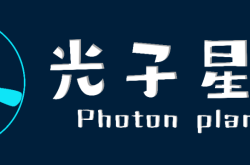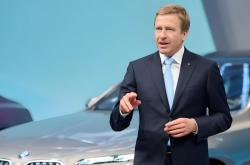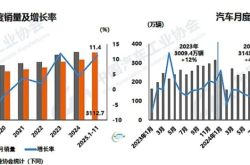General Hydrogen Fuel Cells: A Stalled Endeavor?
![]() 10/17 2025
10/17 2025
![]() 536
536
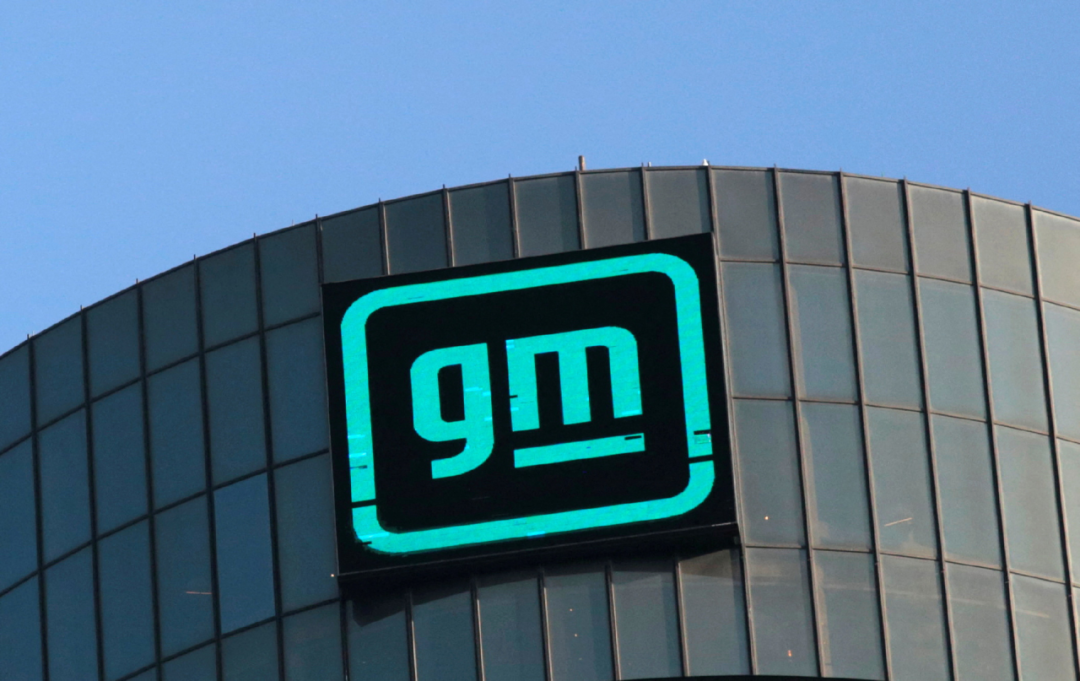
No Feasible Path for Development
"
Author: Wang Lei
Editor: Qin Zhangyong
Another automotive behemoth has pulled the plug on its hydrogen energy endeavors.
General Motors (GM) has just released a statement, declaring that it will halt the research and development of next-generation hydrogen fuel cells under its HYDROTEC brand and scrap plans to invest $55 million in constructing a factory in Detroit.
The rationale is straightforward: the company deems that there is currently no feasible path for the development of this emerging power technology.
GM's move is not an isolated incident. Previously, the Stellantis Group also announced the suspension of next-generation hydrogen fuel cell technology development and ceased research and development for next-generation hydrogen-powered vehicle models.
With major players continuously pressing the pause button on the hydrogen energy front, rumors that 'hydrogen-powered vehicles are doomed' have been swirling. However, don't jump to conclusions just yet—GM still has a 'glimmer of hope'.
01
Voluntarily Giving Up on Hydrogen Energy?
According to GM, the reason for scrapping the $55 million plan to build a hydrogen fuel cell factory is that, after a thorough company evaluation, it believes there is currently no feasible path for the development of this emerging power technology.
As soon as the news broke, many immediately assumed that GM's hydrogen energy business was nearing its end, as if the decades-long hydrogen energy布局 (translated as 'layout' but retained for cultural context) by this automotive giant was about to come to a close.
Let's delve deeper into GM's more detailed explanation in its statement:
'Although hydrogen energy shows promise in specific high-demand industrial applications such as backup power, mining, and heavy-duty trucks, the hydrogen fuel cell business still faces a long and uncertain road to sustainable development. High domestic hydrogen energy costs and limited infrastructure in the United States are hindering consumer acceptance of fuel cell vehicles.'
According to data from the U.S. Department of Energy's Alternative Fuel Data Center, as of 2024, there are only 54 public hydrogen fueling stations in the United States, almost all concentrated in California, posing significant inconvenience for vehicle refueling outside the state.
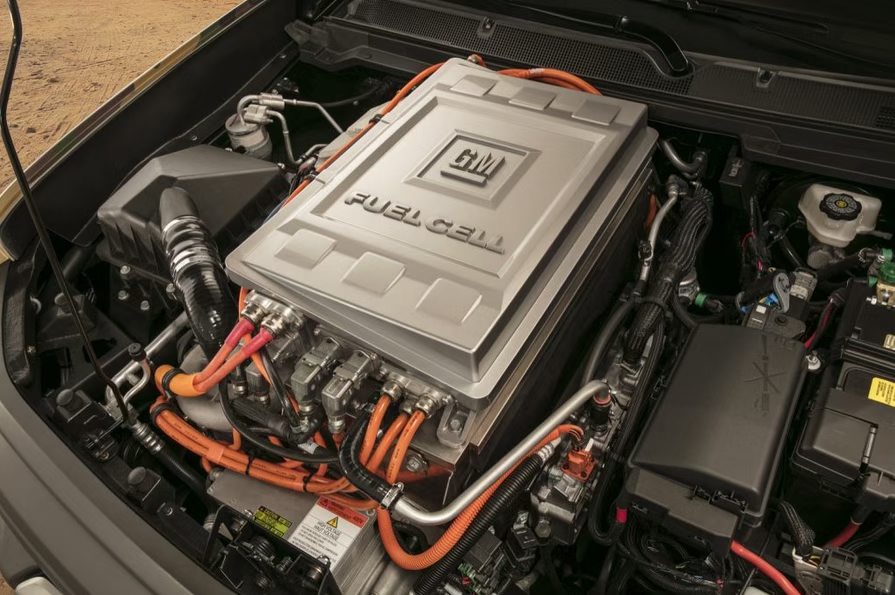
It is also clear that GM does not seem to intend to abandon all hydrogen fuel cell research and development entirely. It expresses skepticism about the feasibility of using hydrogen fuel cells to power non-commercial vehicles but gives high marks to their use in specific vehicles such as mining and heavy-duty trucks.
Indeed, this is the case.
The hydrogen fuel factory that is now being scrapped was planned to be GM's first independent hydrogen fuel cell production facility. Built in collaboration with Michigan automotive parts supplier Piston Automotive, it would have primarily produced compact fuel cell systems for light- and medium-duty vehicles under the 'Pontiac (HYDROTEC)' brand.
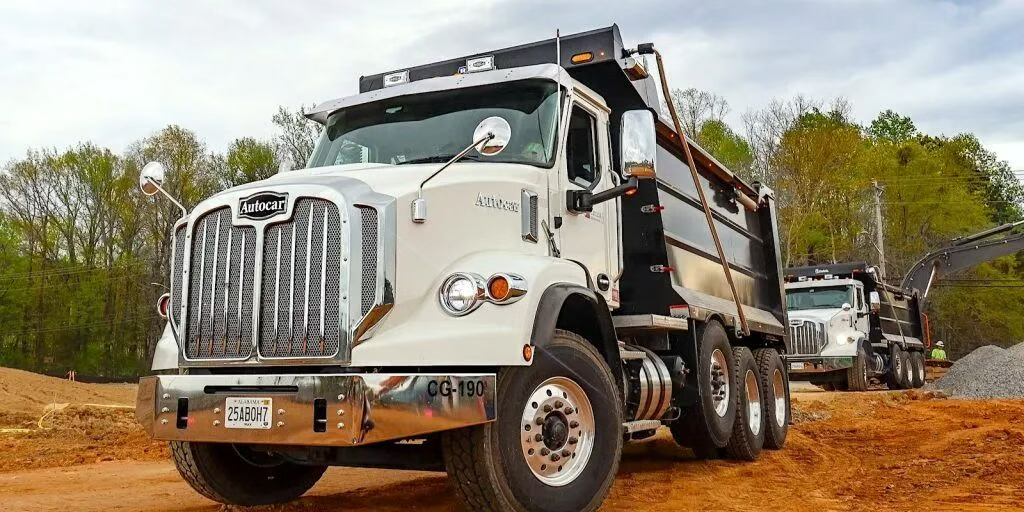
This 'Pontiac' is not the well-known sports car brand but rather GM's hydrogen fuel cell technology brand, focusing on developing fuel cell systems for heavy-duty commercial vehicles and industrial applications.
However, the fuel cell system manufacturing company jointly operated by GM and Honda (Fuel Cell System Manufacturing) continues to operate normally.
This company not only develops fuel cell systems but also sells them. Clients include operators of equipment for extreme working conditions, disaster emergency agencies, off-road equipment companies, and data center developers requiring 'zero interruption' in energy supply.
For example, in remote mining areas where the power grid does not reach, equipment can operate continuously using hydrogen energy. The company also supplies data center developers to ensure a stable and reliable energy source.
As early as May this year, foreign media reported that GM had suspended investment in a factory collaboration with automotive parts supplier Piston Automotive. However, at that time, the project had not yet been canceled, and GM stated it would decide within the coming weeks whether to proceed.
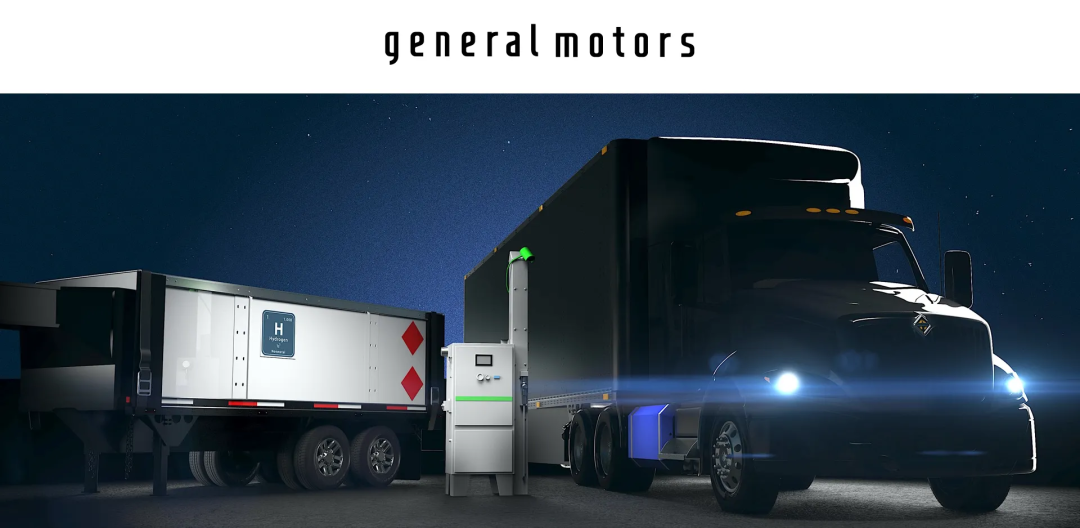
Not long ago, a package of halt plans issued by the Trump administration became the 'final nail in the coffin' for GM's investment in this factory. The U.S. Department of Energy suspended 321 clean energy projects at once, totaling $7.56 billion in support funds, including $2.2 billion for two of the seven hydrogen energy projects involved.
Moreover, in March of last year, the U.S. Department of Energy allocated $30 million to GM for its hydrogen fuel cell project, specifically for developing fuel cell manufacturing systems and hydrogen fuel cell trucks under HYDROTEC. However, with the Department of Energy's halt plans, this $30 million allocation was also affected.
This can be inferred from GM's statements. Stuart Fowle, a spokesperson for GM, revealed that policy adjustments and the company's reassessment of its business portfolio contributed to this decision. 'While the U.S. Department of Energy's decision is certainly a factor in the overall environment, it is not the sole driver. We hope to prioritize the allocation of engineering talent, resources, and all available forces to continue advancing the development of electric vehicles,' he said.
He also pointed out that opportunities for hydrogen energy now lie in other areas, which apparently refer to heavy-duty transportation, off-road equipment, ships, and data centers.
02
'Waiting for the Wind to Change'
Prior to this, another automaker strategically abandoned hydrogen fuel cell research and development, with external statements highly consistent with those of GM.
In July this year, Stellantis, the world's fourth-largest automotive group, announced its decision to terminate its hydrogen fuel cell technology development project—not a suspension but a complete shutdown. Research and development activities related to hydrogen technology will be redirected to other projects.
In Stellantis' view, due to the scarcity of hydrogen refueling infrastructure, high capital investment requirements, and the need for stronger consumer purchase incentives, hydrogen fuel-powered light vehicles are not expected to gain widespread market acceptance before 2030.
Therefore, Stellantis will no longer introduce its new series of hydrogen-powered Pro One models this year. Planned mass production, initially set to commence this summer in Hordain, France (for medium vans), and Gliwice, Poland (for large vans), has also been halted.
Antonio Barosa, Chief Operating Officer of Stellantis Europe, stated that the hydrogen power market remains a niche sector without a mid-term economically sustainable outlook. 'We must make clear and responsible choices to ensure our competitiveness,' he said.
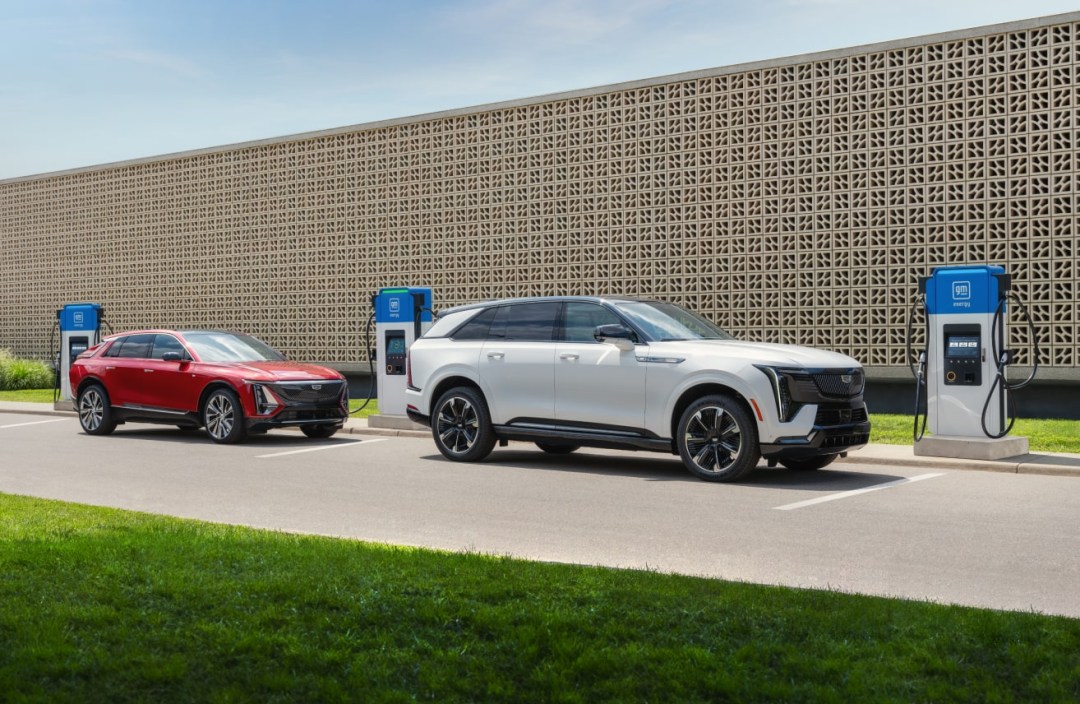
Such statements are essentially in line with those of GM. However, the difference lies in GM's selective halt of light-duty hydrogen fuel research and development plans, whereas Stellantis has directly shut down its in-house hydrogen fuel cell development program.
In fact, there has always been controversy in the industry regarding hydrogen fuel cell vehicles. Some argue that they offer zero emissions, high combustion efficiency, and high energy density, with broad development prospects. Others contend that compared to electric vehicles, hydrogen fuel cell vehicles have significantly lower energy conversion efficiency and face limitations in fuel transportation and storage.
This has led to a clear divergence in the development of hydrogen-powered vehicles. On one hand, automakers like Toyota and Hyundai continue to invest and drive hydrogen fuel cell technology forward. On the other hand, Elon Musk has repeatedly dismissed hydrogen energy as a 'fool's errand,' arguing that its technological path is unrealistic.
Among the strongest supporters of hydrogen-powered vehicle development is Toyota, whose hydrogen fuel cell vehicle, the 'Mirai (Future),' has undergone three generations. However, its market performance has been extremely dismal. Since the launch of the Toyota Mirai hydrogen-powered vehicle in 2014, Toyota has sold only 28,000 units globally.
Last year, Toyota sold only 1,778 hydrogen fuel cell vehicles in the global market, a significant decrease of 55.8% compared to the previous year.
Even in China, under the premise of vigorously promoting new energy development, hydrogen fuel—as one of the tangible new energy sources—faces an awkward (translated as 'awkward' but retained for cultural context) situation where policies are advancing aggressively, but the market response is lukewarm.
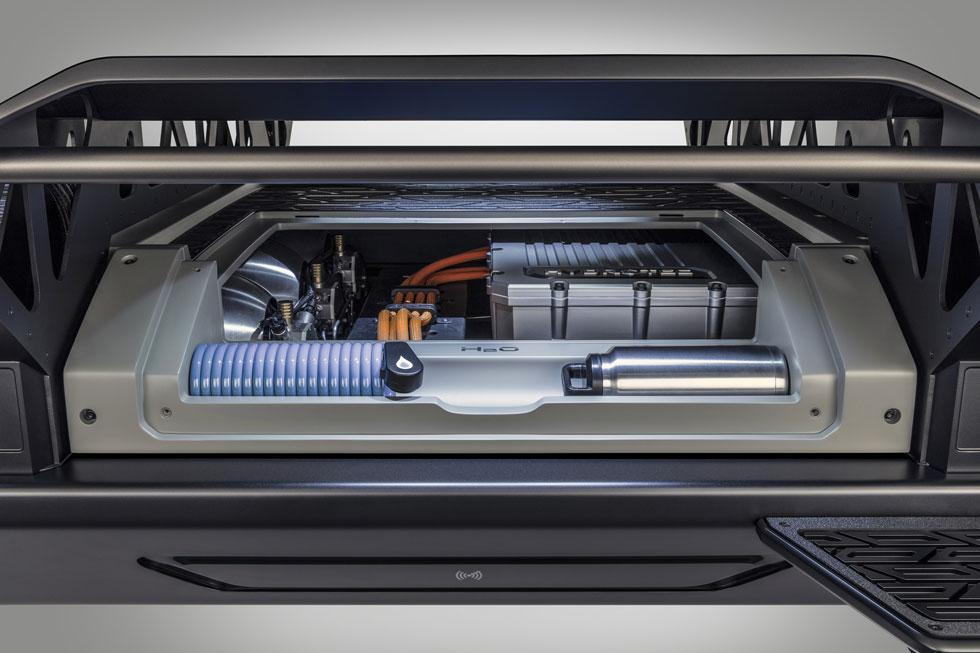
Data from the China Association of Automobile Manufacturers shows that in the first half of this year, domestic hydrogen fuel cell vehicle production totaled 1,364 units, a year-on-year decrease of 47.2%, while sales totaled 1,373 units, a year-on-year decrease of 46.8%.
Throughout 2024, nationwide production and sales of hydrogen fuel cell vehicles stood at 5,548 and 5,405 units, respectively, representing year-on-year decreases of 10.4% and 12.6%.
According to vehicle insurance data from the industry organization Hydrogen Energy Database, as of the end of 2024, China had deployed a total of 28,247 hydrogen fuel cell vehicles. According to China's 'Medium- and Long-Term Plan for the Development of the Hydrogen Energy Industry (2021-2035),' the goal of having 'approximately 50,000 fuel cell vehicles in operation' by 2025 is only half achieved.
On this track, technological bottlenecks, cost challenges, and inadequate infrastructure loom like three mountains, obstructing the path to widespread adoption of hydrogen-powered vehicles. However, it cannot be denied that hydrogen energy still holds tremendous development potential—or perhaps its true breakthrough moment has not yet arrived.



